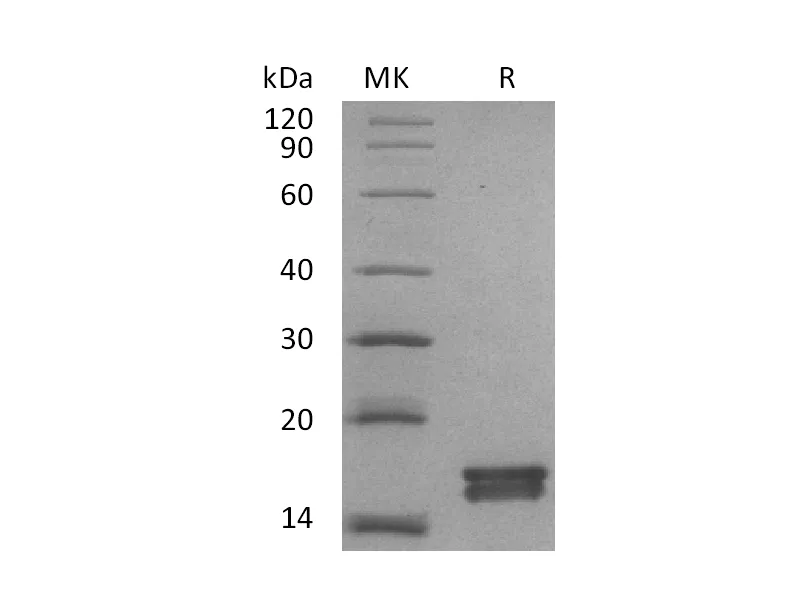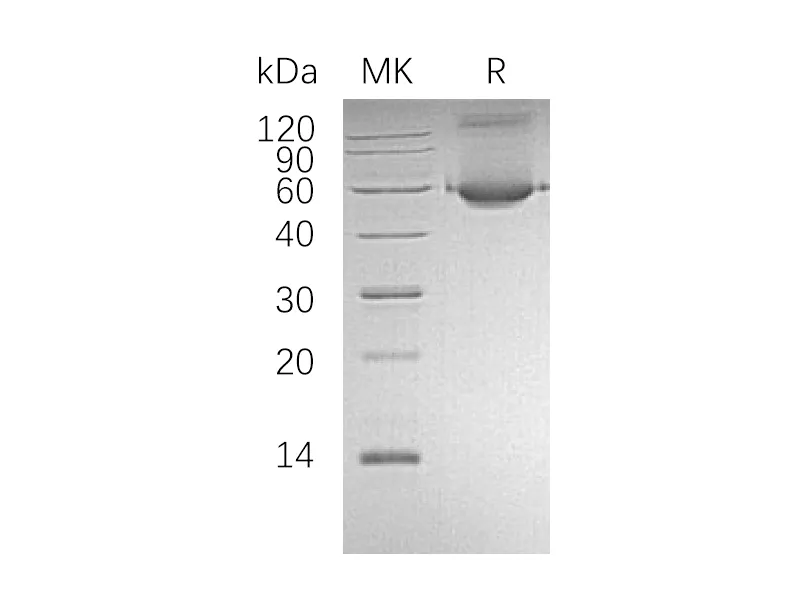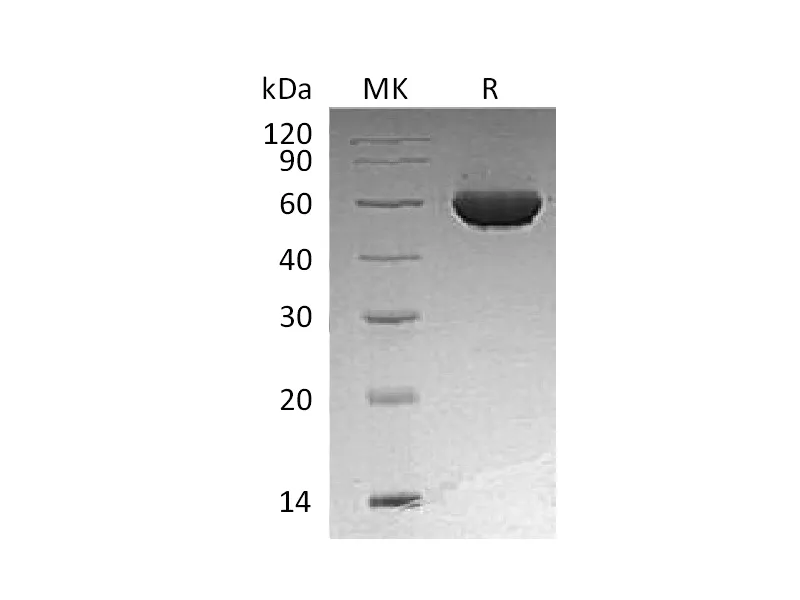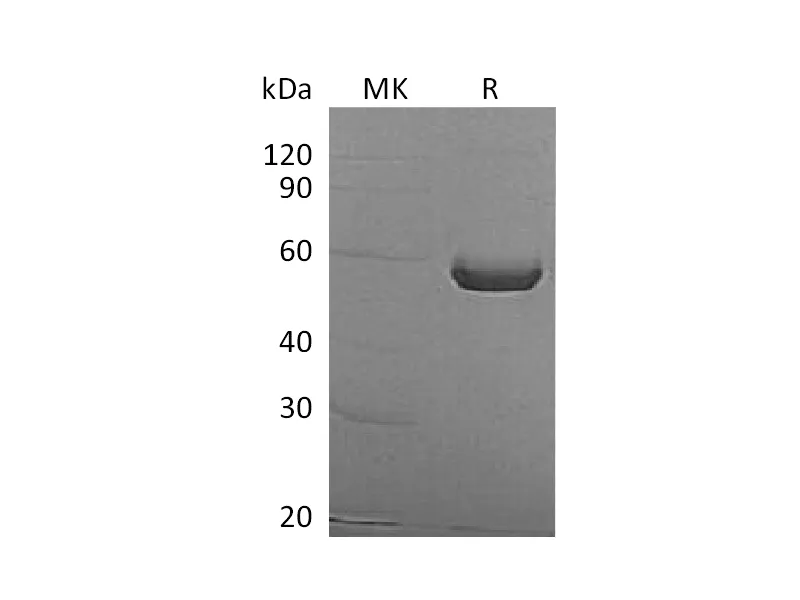Alternative Names
S100A6;Protein S100-A6;Calcyclin;Growth factor-inducible protein 2A9;MLN 4;Prolactin receptor-associated protein;PRA;S100 calcium-binding protein A6;CACY
Background
S100A6, also known as Protein S100-A6, Calcyclin, Growth factor-inducible protein 2A9, MLN 4, Prolactin receptor-associated protein, PRA, S100 calcium-binding protein A6 and CACY, is a member of the S100 family of proteins containing 2 EF-hand calcium-binding motifs.S100 proteins are a family of low molecular weight protein found in vertebrates and localized in the cytoplasm and/or nucleus of a wide range of cells.S100 proteins are involved in a number of fundamental biological processes such as protein phosphorylation, transcription factors, the dynamics of cytoskeleton constituents, enzyme activities, cell growth and differentiation, the inflammatory response,cell cycle progression and differentiation, stimulation of Ca2+-dependent insulin release, stimulation of prolactin secretion, and exocytosis. Chromosomal rearrangements and altered expression of this gene have been implicated in melanoma. S100A6 may function as calcium sensor and modulator, contributing to cellular calcium signaling.It may function by interacting with other proteins, such as TPR-containing proteins, and indirectly play a role in many physiological processes such as the reorganization of the actin cytoskeleton and in cell motility.
Note
For Research Use Only , Not for Diagnostic Use.




